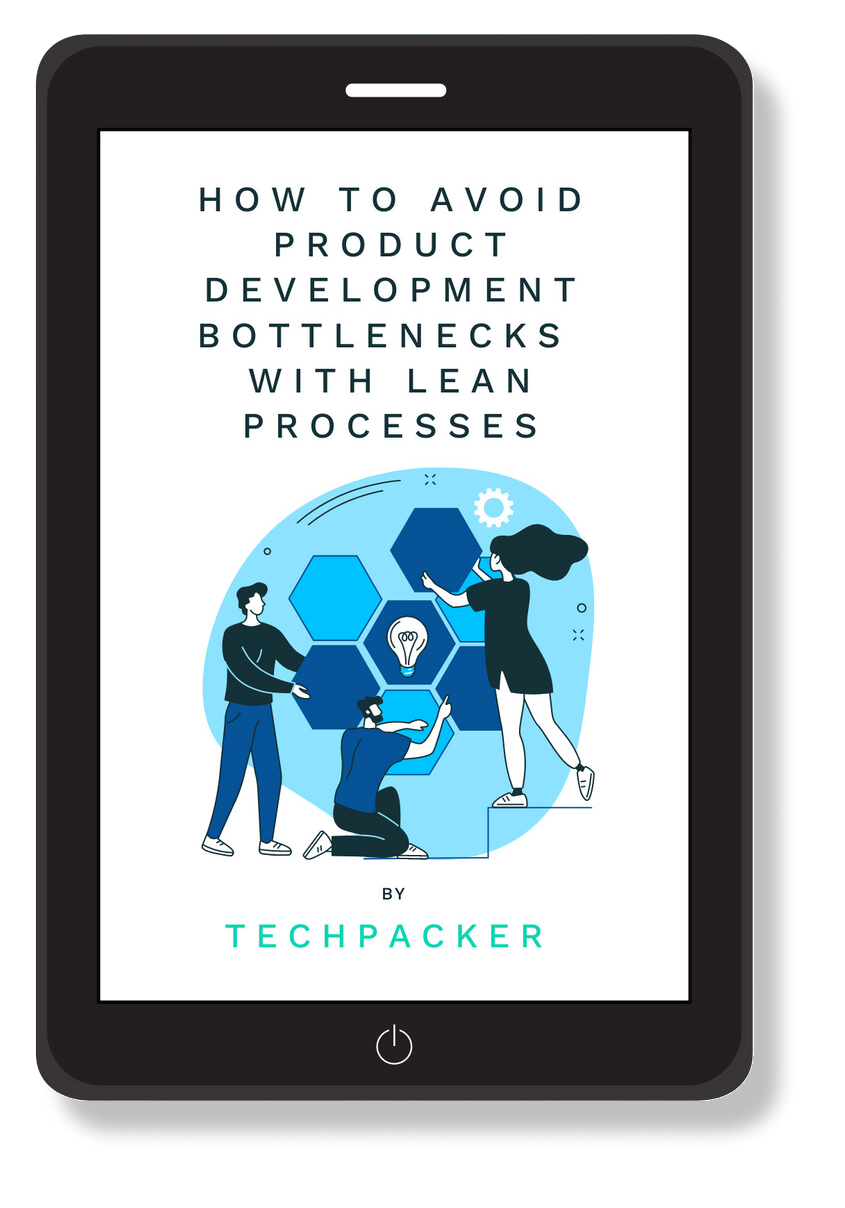Contents
Slow time-to-market is a common problem in the fashion industry, and it can have a significant impact on the success of a fashion brand. To address slow time-to-market in design teams, it's important to establish clear project goals and requirements, streamline design processes, improve communication, and manage scope creep. Additionally, investing in the right software, tools, and resources can help the design team work more efficiently and effectively.
In this blog post, we will discuss the top four fashion product development challenges that impact time-to-market. And how to overcome these issues with Techpacker tools.
Difficulty in tracking progress
Every fashion project goes through several stages of product development. It begins with a concept and culminates in a finished physical product. Fashion teams should track the progress of their product development to ensure that they complete each stage successfully and never miss one. It is more difficult to do so in the fashion industry because many project management tools are not designed specifically for fashion cycles or do not have these tools at all.
If the design team is using Excel and Adobe Illustrator for product development, they will need to use another app to track the progress of their product. Some teams make use of calendars or third-party project management software. While this may be a temporary solution, as the brand grows, it can become nearly impossible to maintain all of the design data that must be planned and released on time.
The solution must be highly visual in order to be easy to manage and efficient. All product development should ideally take place on the same platform, including all stages from design to production. Fashion product development stages are complex and cannot be separated; otherwise, miscommunication or data loss occurs.
Stage view
On Techpacker, the data is displayed clearly in order to track the progress of each product. It is especially important for growing businesses with a large number of tech packs. You can create your own custom stages, such as design, fit, and production, and assign them to specific tech packs. Once assigned, you can clearly see how each tech pack is progressing.
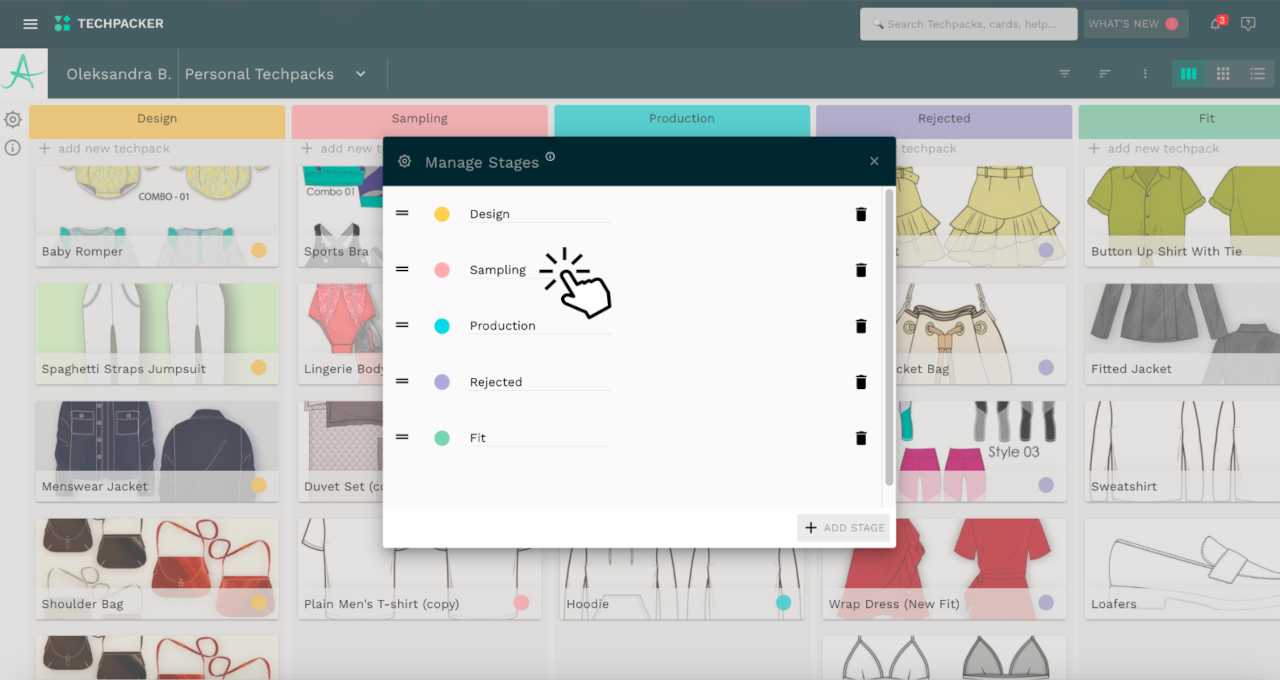
You can also easily swap tech packs between stages:
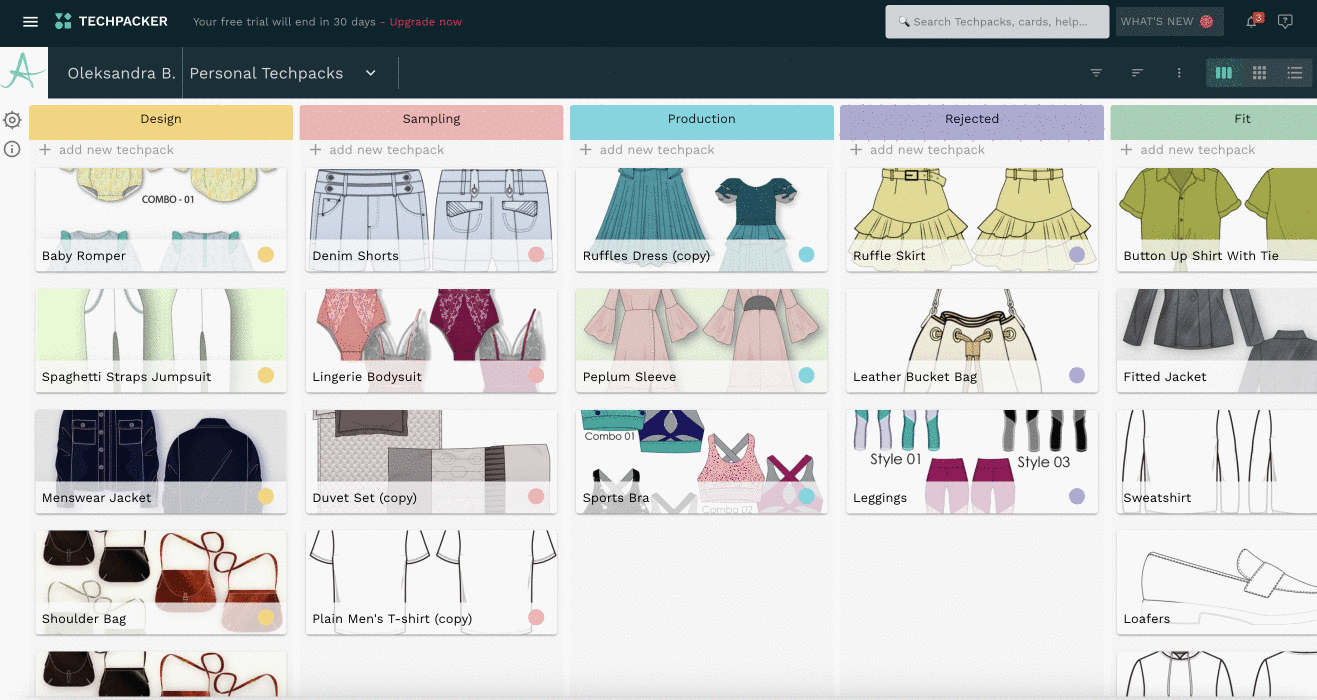
Sign up for our FREE membership and get access to
All premium articles
E-courses and ebooks
Ad-free experience
Tech pack templates
Task management issues
Design teams consist of multiple people fulfilling their roles: fashion designers, technical designers, merchandisers, accountants, sourcing agents, and managers. The managers are responsible for monitoring the project's progress and delegating work to each job.
The development of one product contains at least four tasks:
- Fashion designers develop a concept.
- Technical designer transforms this concept into a factory-ready format (technical sketches, Spec Sheet).
- Sourcing agents help with fabric selection.
- An accountant helps with costing management.
The manager's role is to assign tasks among these people with the goal of delivering the product on time.
Excel and Illustrator, which are commonly used for fashion design, do not have such tools. So many design teams still assign tasks via email or messaging platforms like Slack. While this may be effective in some cases, it only adds to the project manager's workload in the long run. Sharing an Excel spreadsheet and assigning tasks, for example, or an Illustrator file with a sketch. Then remembering who does what.
Card due dates
Techpacker’s card due dates and approval status features are excellent tools for tracking the development of your product. In order to always deliver on time, you can assign deadlines to specific Tech Pack cards.
After the first round of sampling, for example, you can assign a sketch update task to your technical designer. They will be notified when it is scheduled to be delivered.
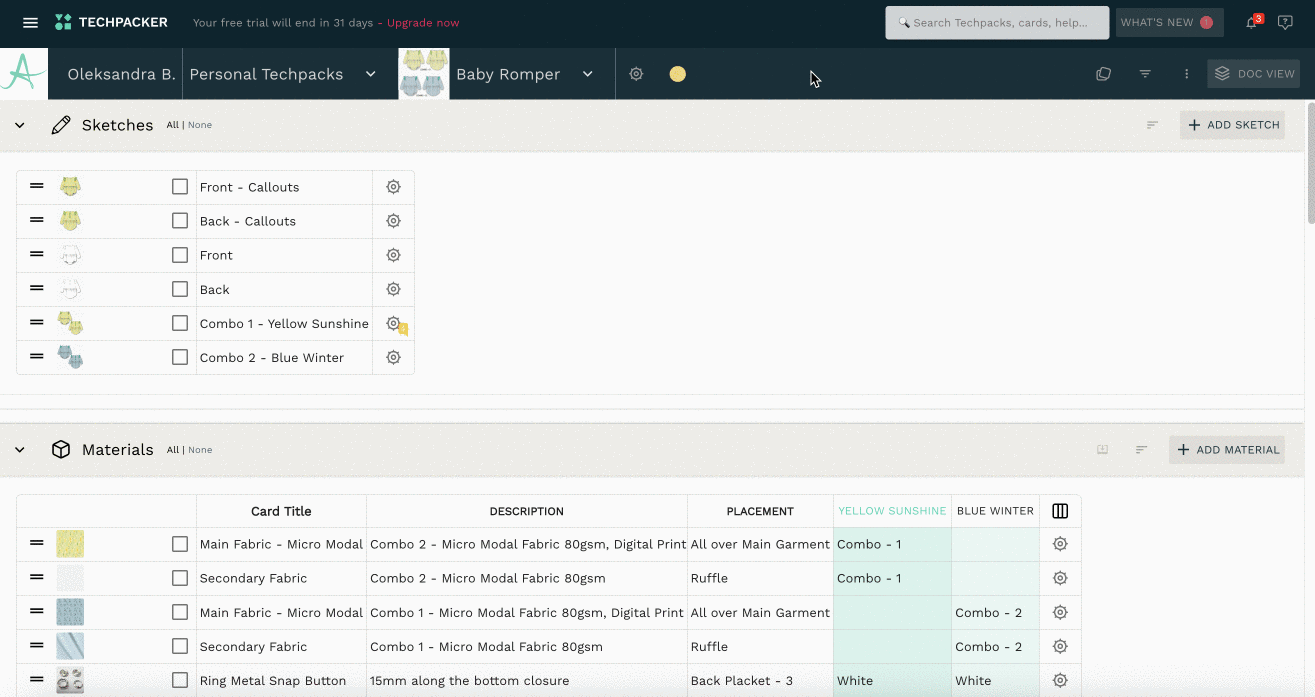
Approval status report
The manager can change the approval status to approved or rejected once the designer has delivered their work, in our case they updated the sketch.
Later, when the design team has multiple tasks assigned, the manager can simply generate an Approval status report and view all dates and statuses in one place, rather than going into each card to review them.
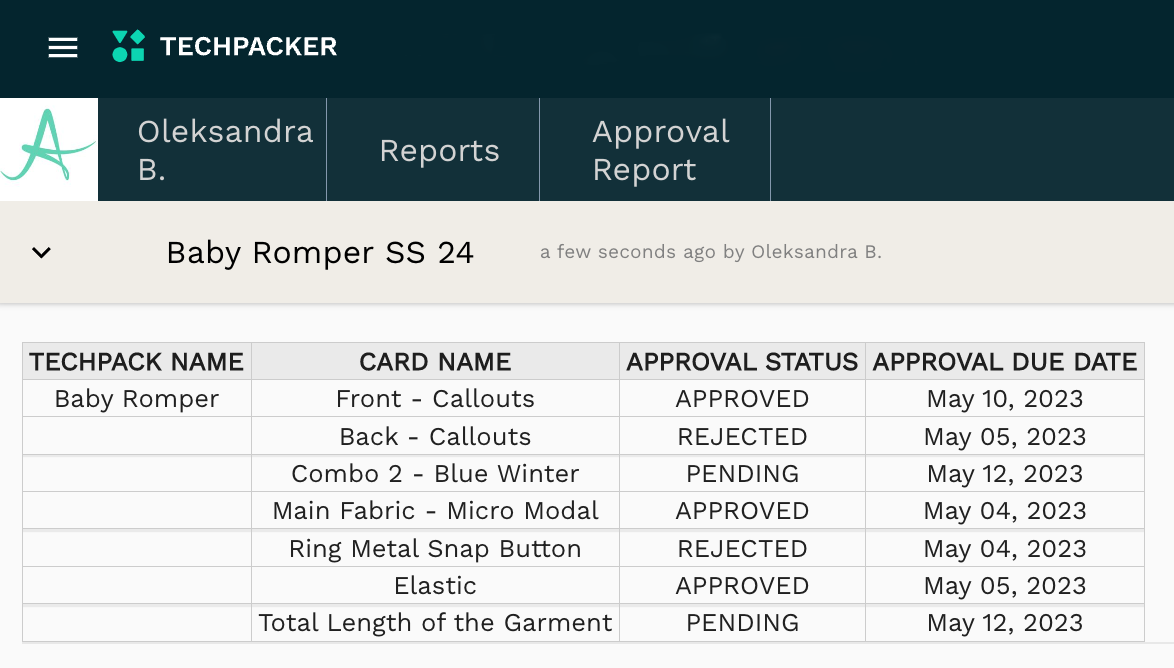

Learn how fashion businesses use project management tools.
Reporting issues
Because fashion cycles are so strict, a lack of good planning tools is a major issue for the industry. Simply put, if you deliver your goods late, you lose the opportunity to sell them.
If design teams use Excel to develop their products, they will require additional Excel sheets to track the progress of their product development. It doesn't sound so bad until you realize that Excel sheets were never intended to store product development data. Furthermore, it was not designed for fashion project management. Your tech packs are basically kept separate from your time and action calendars. As a result, there is a lot of switching back and forth between the sheets.
Time and action report
Our solution is a Time & Action calendar that integrates with your tech pack stages. Techpacker allows you to create custom stages for your tech packs. In our example, we have design, sampling, fit, rejected, and production stages.
For each stage, we will set the planned start and end date and an actual start and end date:
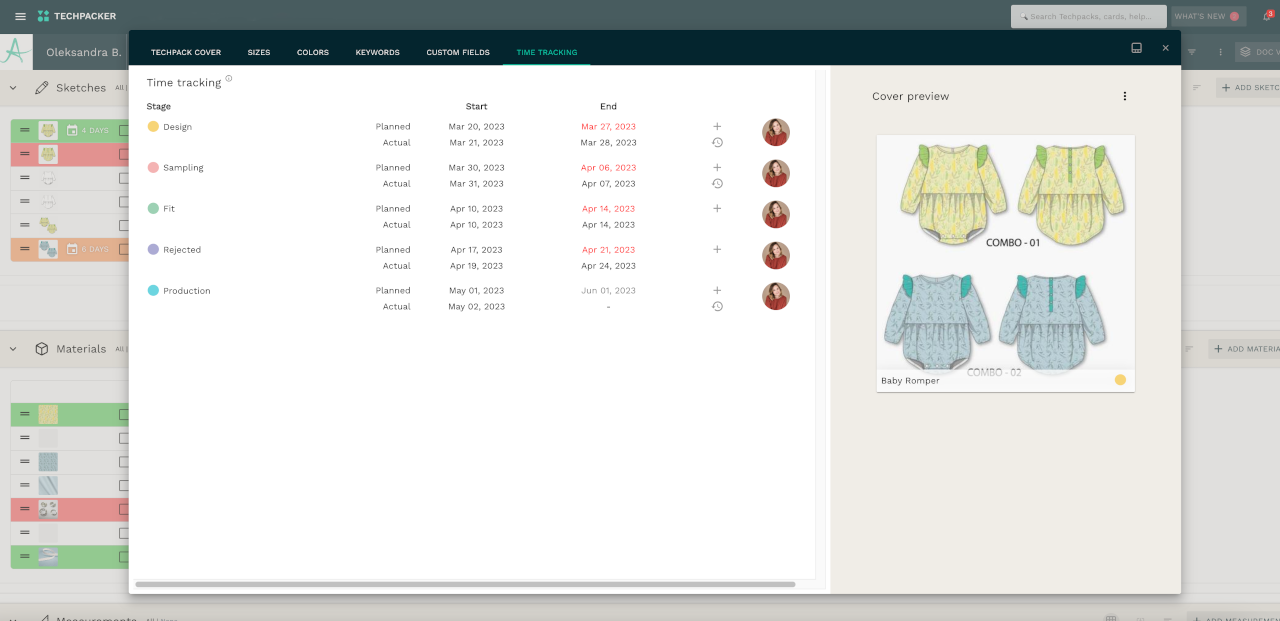
You can also generate a Time & Action report for easy viewing and reporting. This is especially useful if you manage multiple tech packs and don't have time to go through each one to review the status reports.
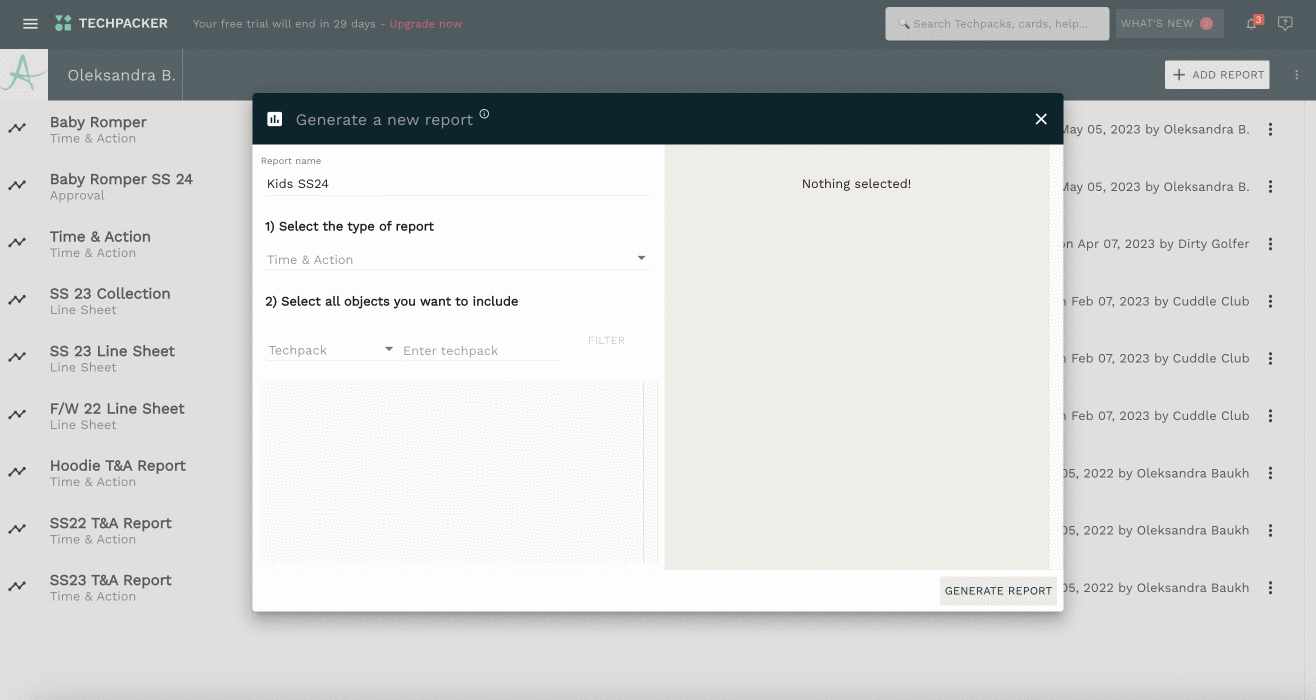
Gantt chart report
A Gantt chart is another way to review the current status of product development. But it is more visual. In this report, you can see the progress at a glance, which allows you to quickly make decisions and adjustments.

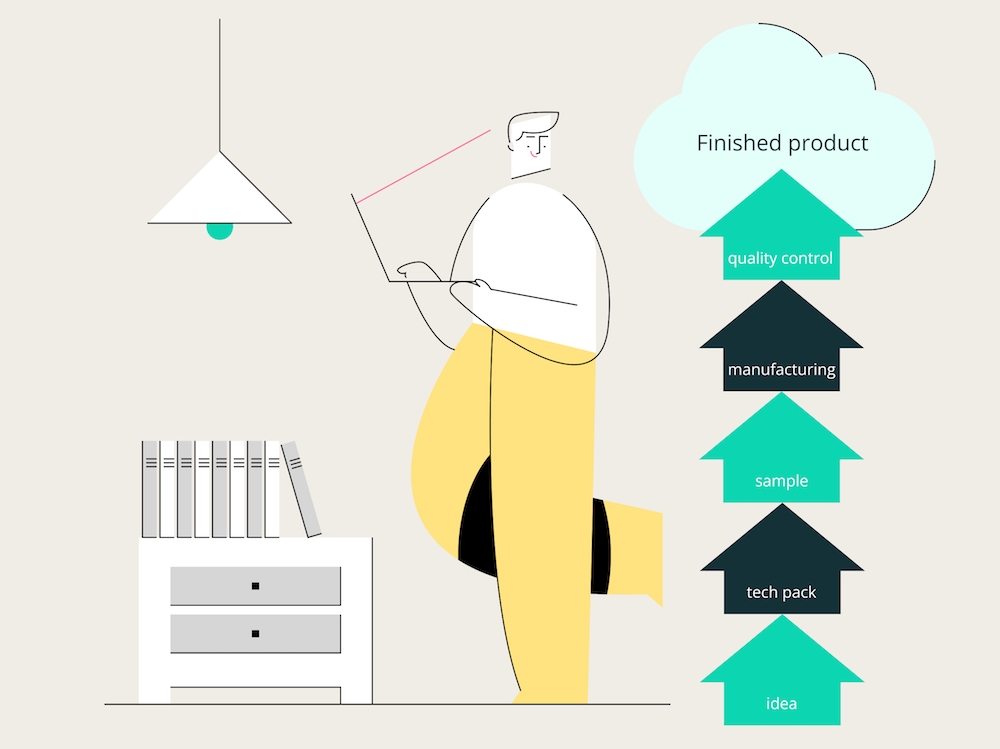
Notification issues
Alerts and reminders play a critical role in product development, as they help to ensure that important tasks and deadlines are not overlooked. Here are a few reasons why they are important:
- Increased Productivity: Alerts and reminders help to keep team members on track, ensuring that they don't miss important deadlines. This leads to increased productivity and better output.
- Improved Communication: When alerts and reminders are set up properly, they can help to improve communication among team members. This is because they ensure that everyone is aware of what needs to be done and when, leading to better collaboration.
- Better Time Management: Alerts and reminders help team members manage their time more effectively. By reminding them of upcoming deadlines and tasks, they can prioritize their work and make sure they are using their time efficiently.
- Reduced Errors: Alerts and reminders can also help to reduce errors. By reminding team members of important details, they are less likely to forget something critical, which could lead to mistakes or omissions.
Overall, alerts and reminders are essential tools for ensuring that product development runs smoothly and efficiently. By keeping everyone on track and focused, they help to ensure that products are delivered on time and to a high standard.
If a design team communicates and notifies each other via email threads, it might be difficult to maintain track of these alerts. They are dispersed throughout numerous threads and are sometimes difficult to locate.
Our solution to this is a notification center.
Notification center
When someone tags you on a card or leaves a comment on Techpacker, you get an instant notification. You'll also receive notifications when your task's deadline approaches or when it's time to move on to the next stage of product development. This ensures that important tasks and deadlines are not missed.
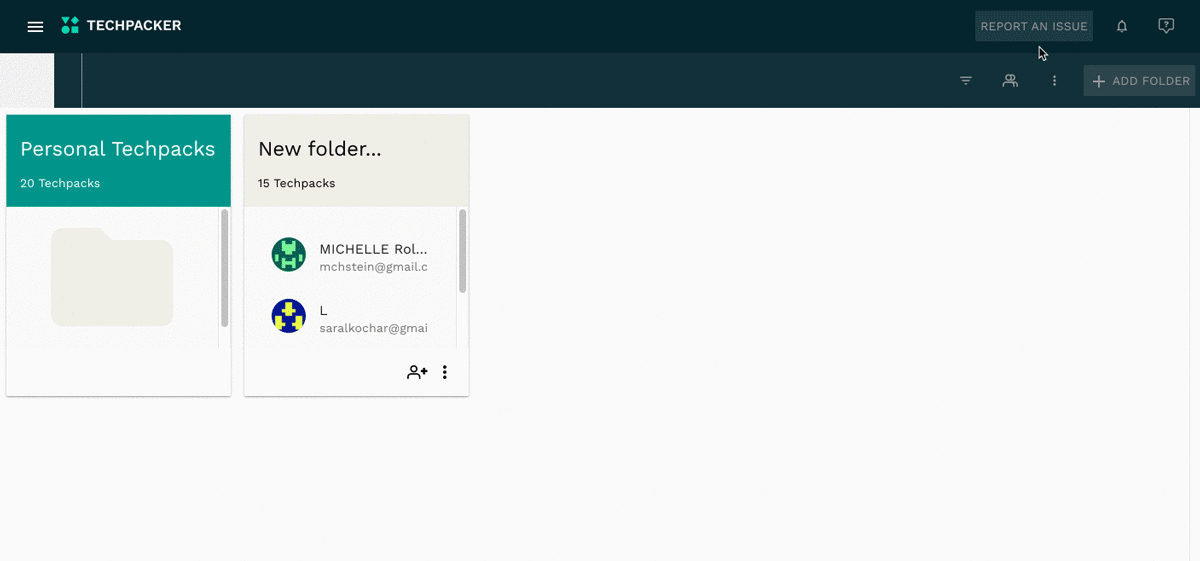
You will also receive an in-app notice when your manufacturer responds to your email.
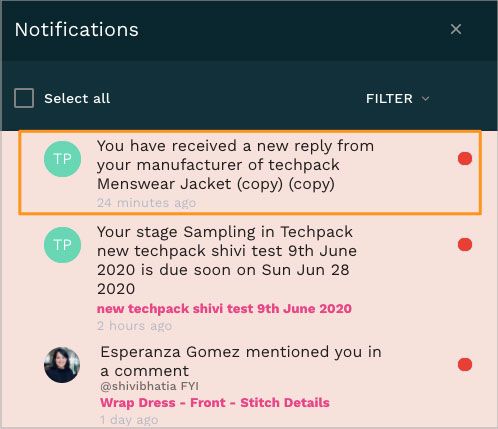
You can also view your correspondence with manufacturers in a thread.
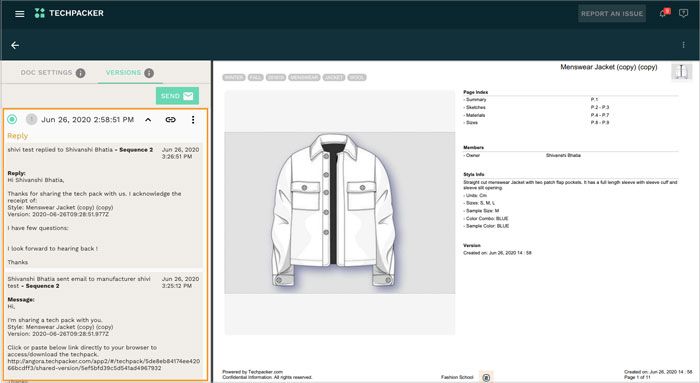

Try Techpacker's powerful product development tools to scale your business.




